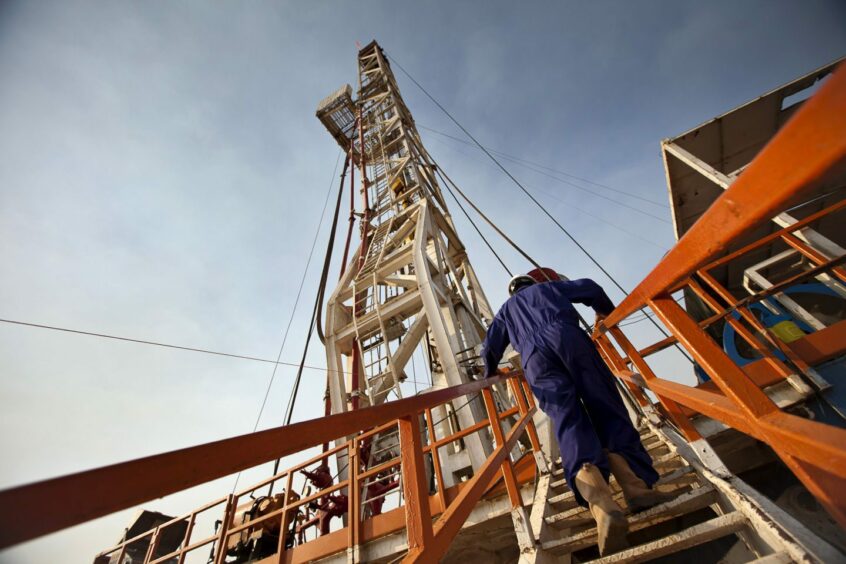
ONGC Videsh and Indian Oil Corp are in talks to acquire a stake in Tullow Oil Plc’s $3.4 billion project in Kenya, according to people with knowledge of the matter.
The transaction’s value may be between $2 billion and $3 billion, the people said, asking not to be identified because the talks are private. The Indian state-backed companies will be joint operators of the project after the deal, they said.
Tullow is the current operator of the project and has a 50% stake, while partners Africa Oil Corp. and TotalEnergies SE hold 25% each.
The potential deal signals the revival of Kenya’s aspiration to export oil on a commercial scale since Tullow discovered crude in the East African country in 2012. Tullow submitted a final field development program to the government in December, boosting the project that had stalled as the company focused on managing debt and finalising its strategy.
The talks are on-going and the companies could still decide against pursuing a transaction, the people said.
A Tullow spokesperson said the company will respond to a request for comment when contacted on Friday. ONGC Videsh and Indian Oil didn’t immediately reply.
Tullow said in July that progress on the Kenyan project depended on finding a partner.
“A confidential process to secure a strategic partner for the material development project in Kenya continues and Tullow is confident that it will make substantial progress in the second half of the year,” Tullow said at an investor briefing.
ONGC Videsh, an explorer with interests in 35 oil and gas assets in 15 countries will be the lead on the project, backed by Indian Oil, the South Asian nation’s biggest refiner, according to the people.
Kenya’s south Lokichar fields in blocks 10BB and 13T are projected to produce 120,000 barrels of oil per day, with expected gross oil recovery of 585 million barrels over the full life of the field, according to Tullow. The company estimated the cost of production from the wells at $22 a barrel.
From an earlier plan, the waxy crude will be shipped from the fields via a 20-inch, 825-kilometer heated pipeline to a port in the archipelago of Lamu.
